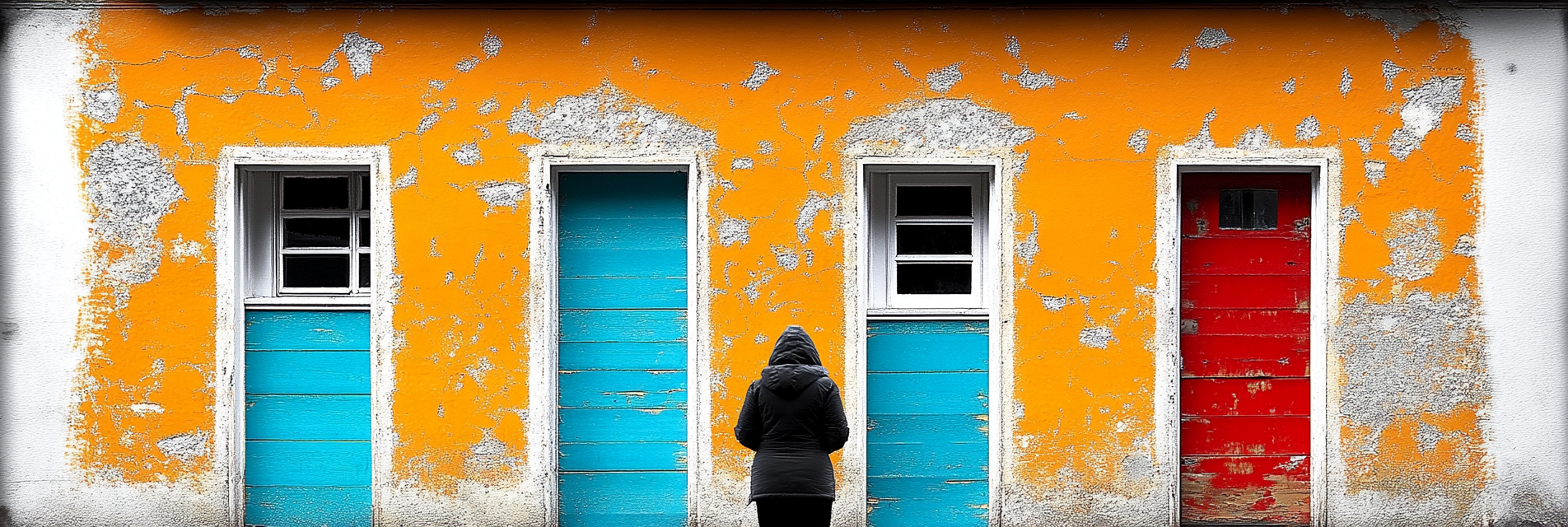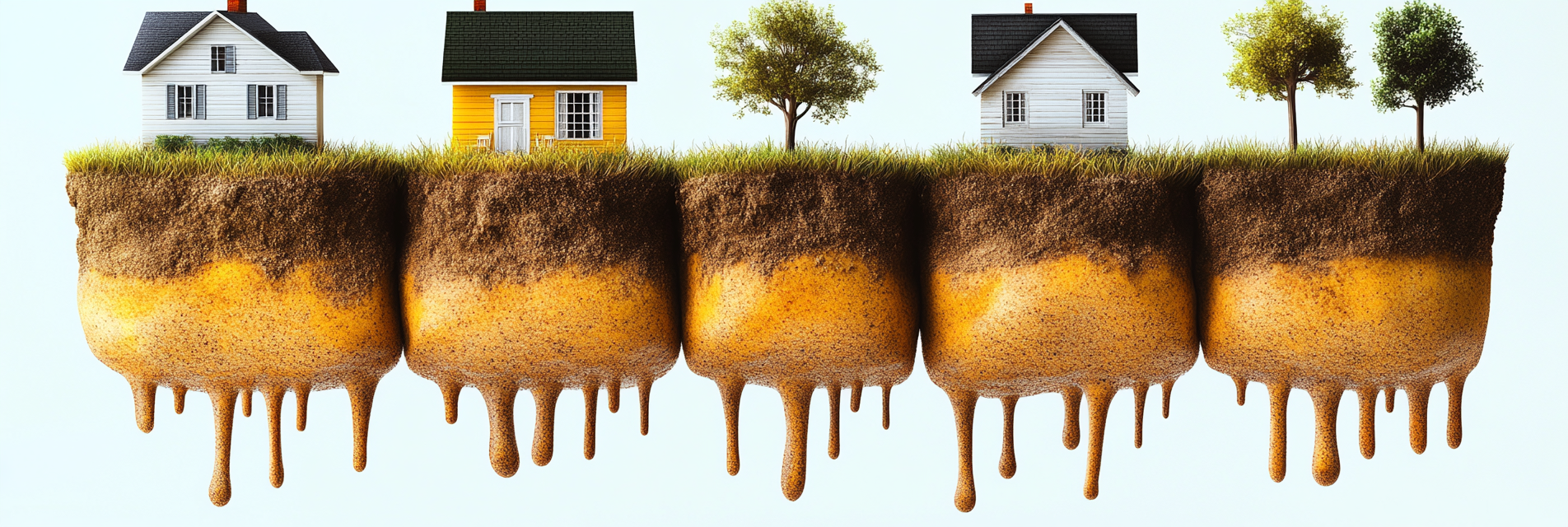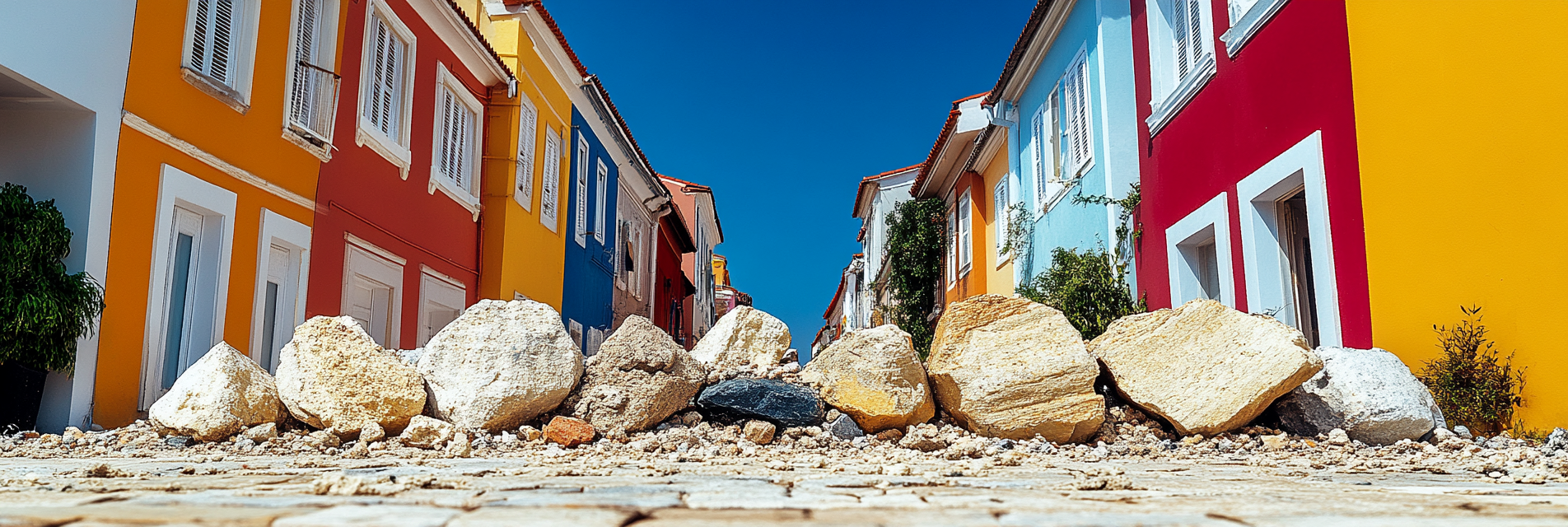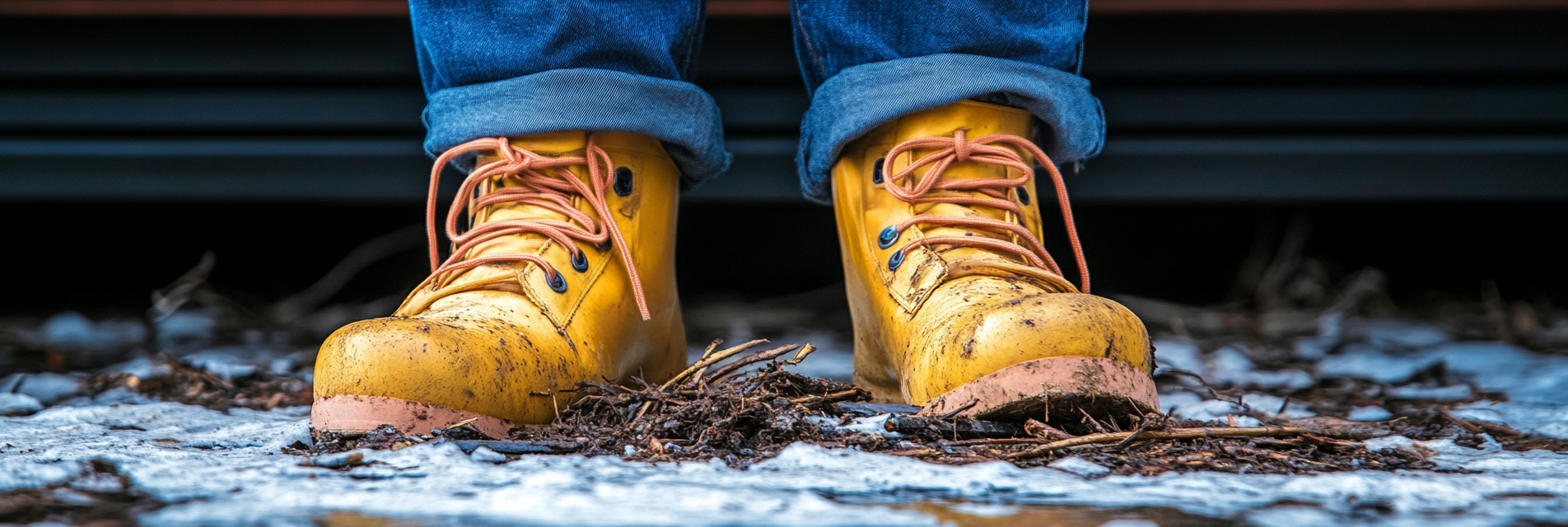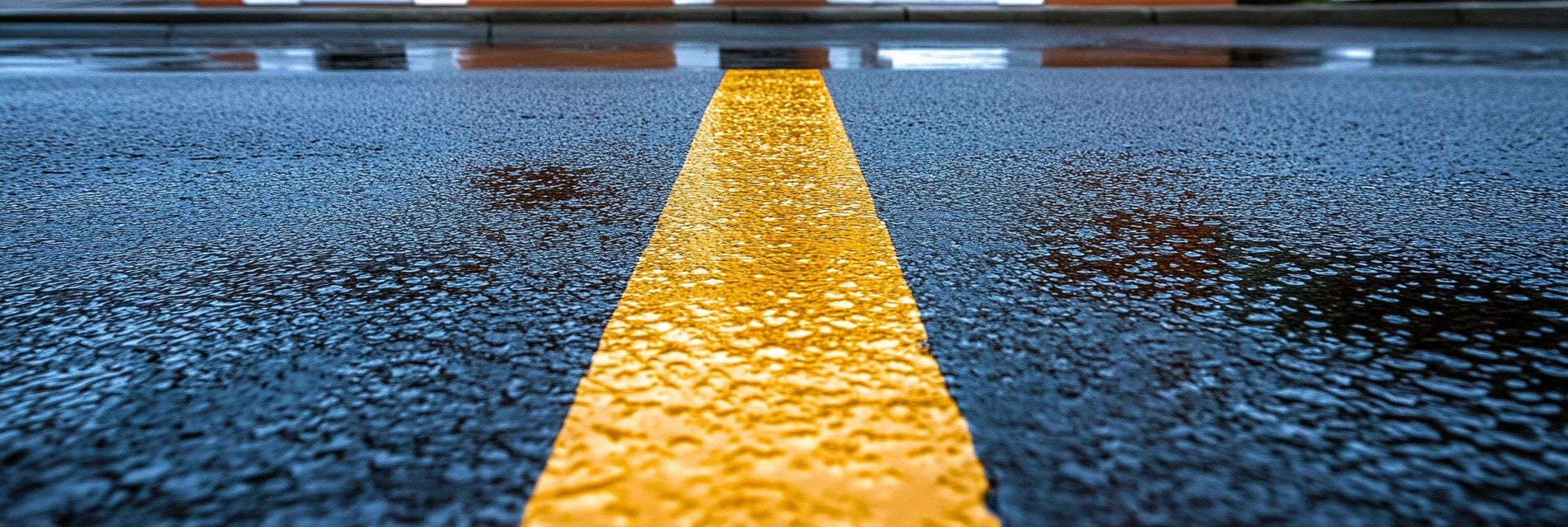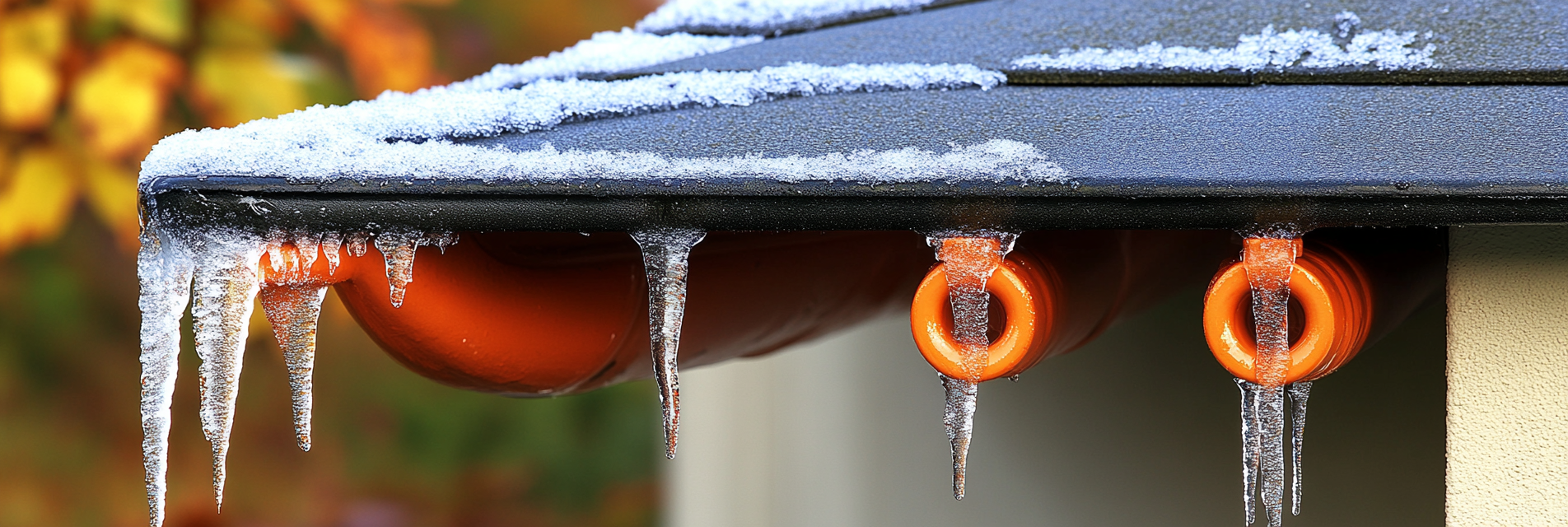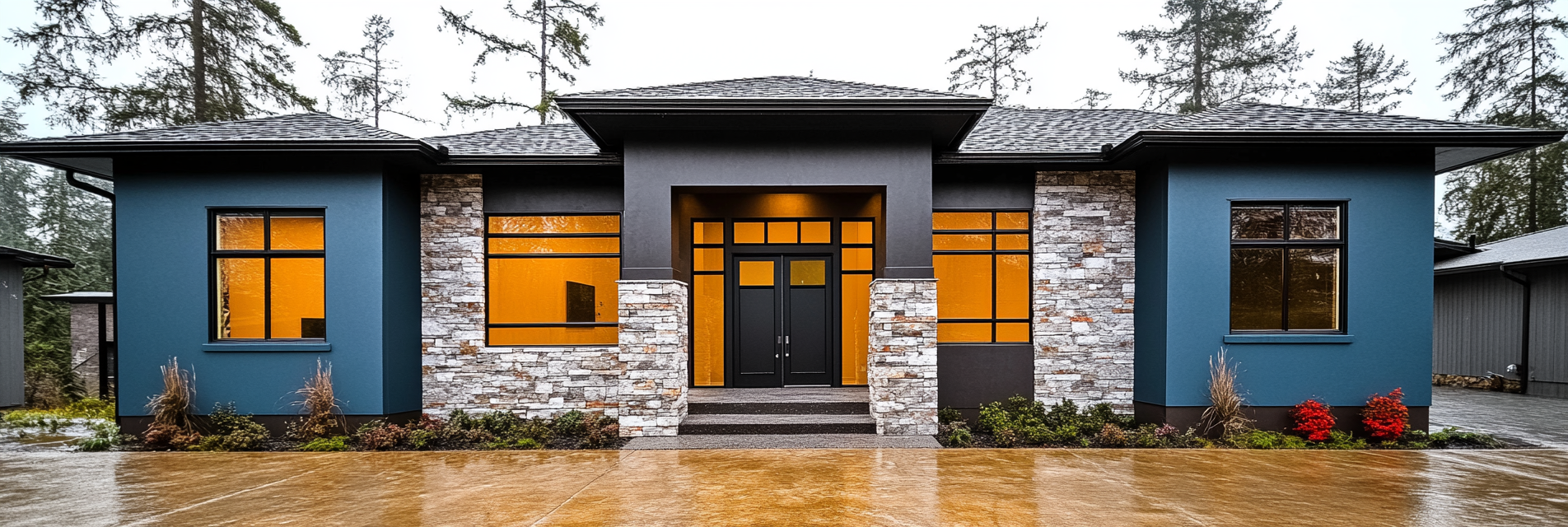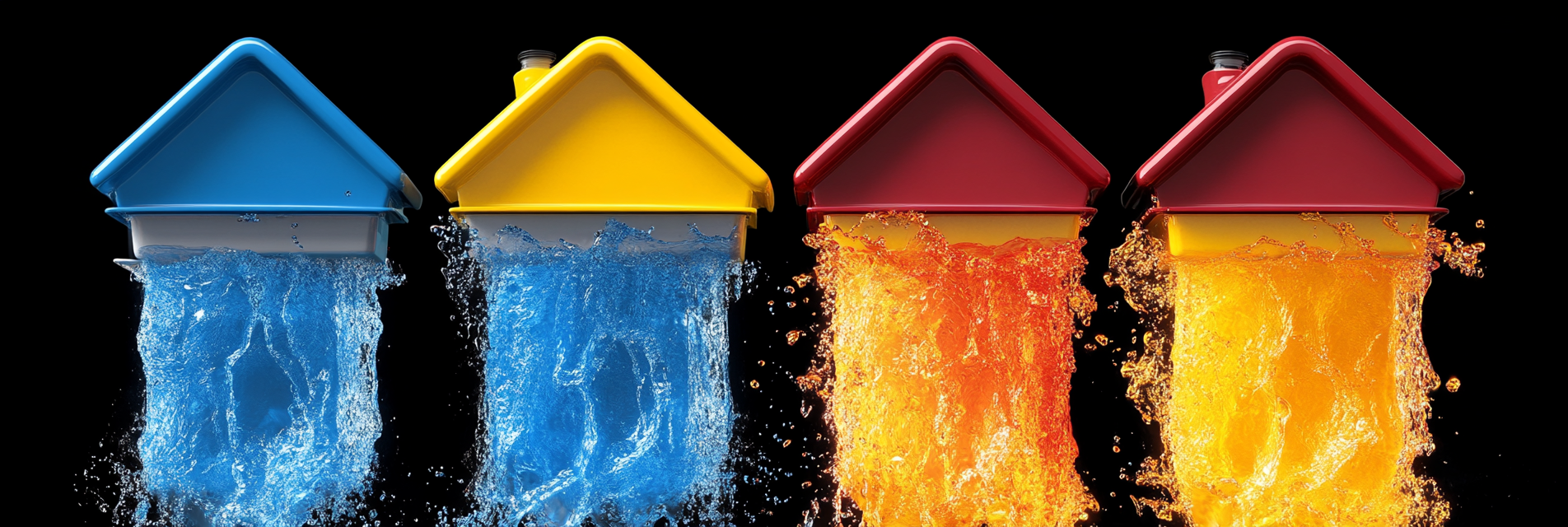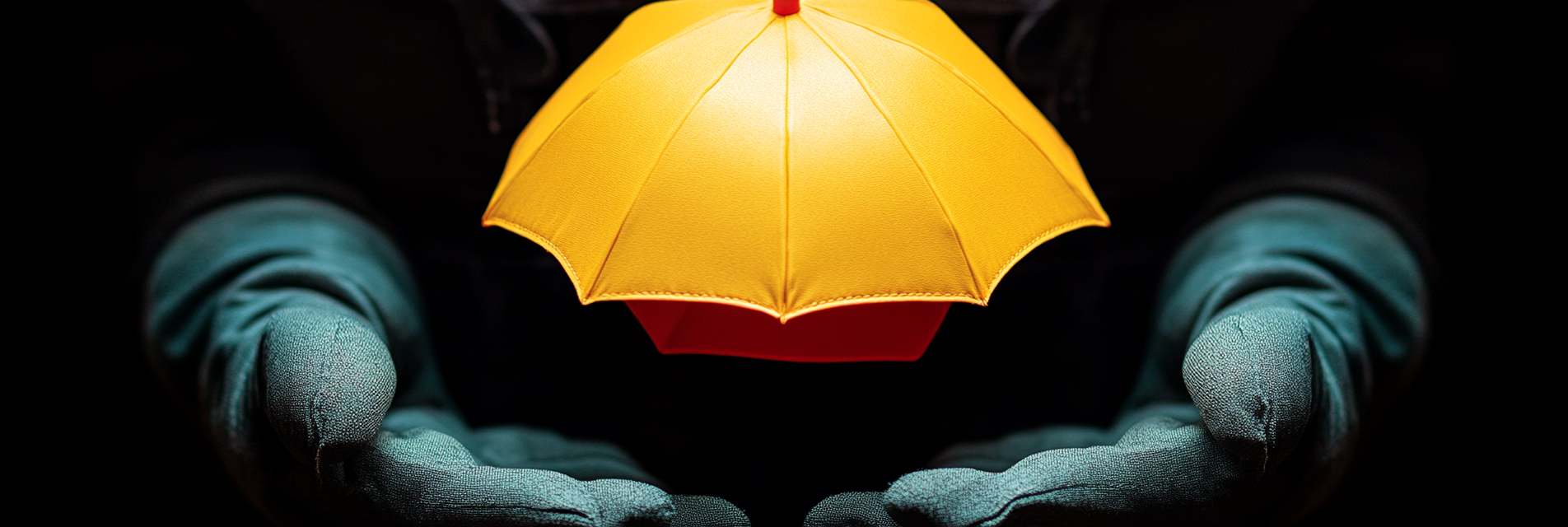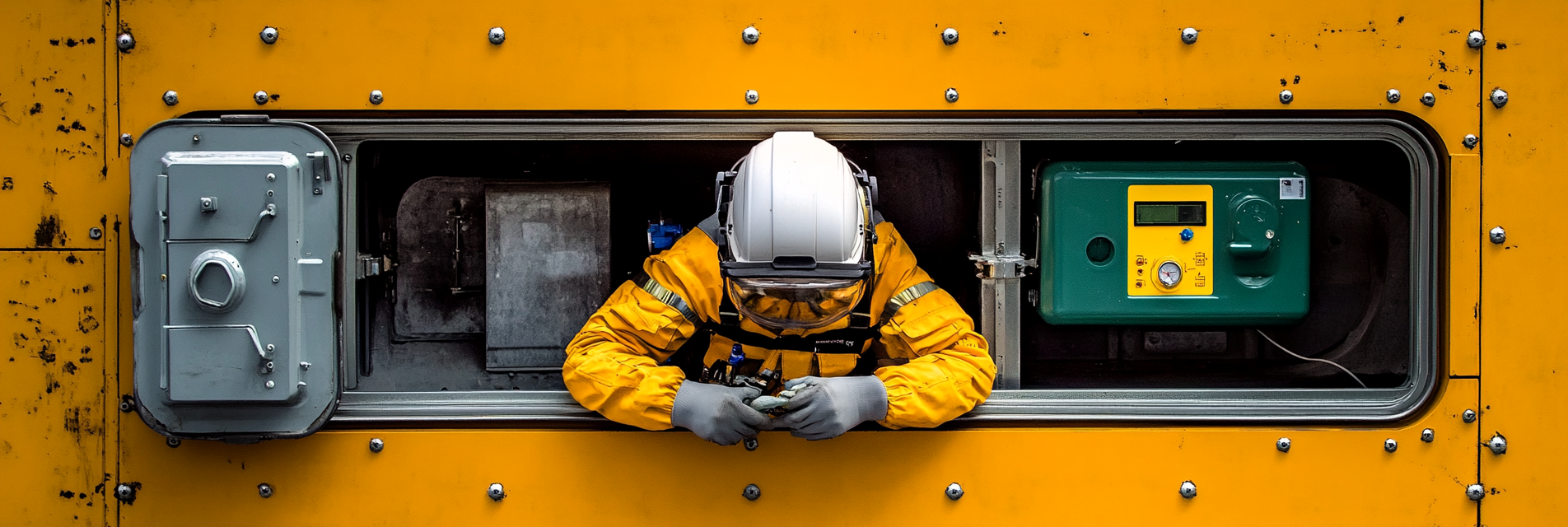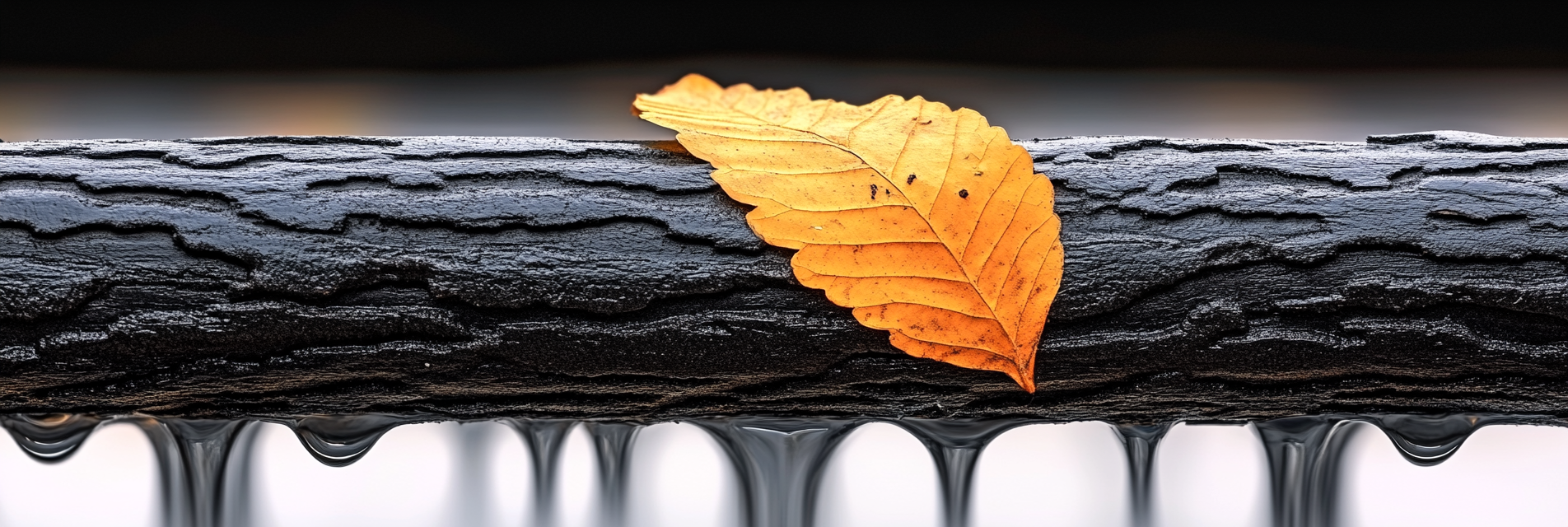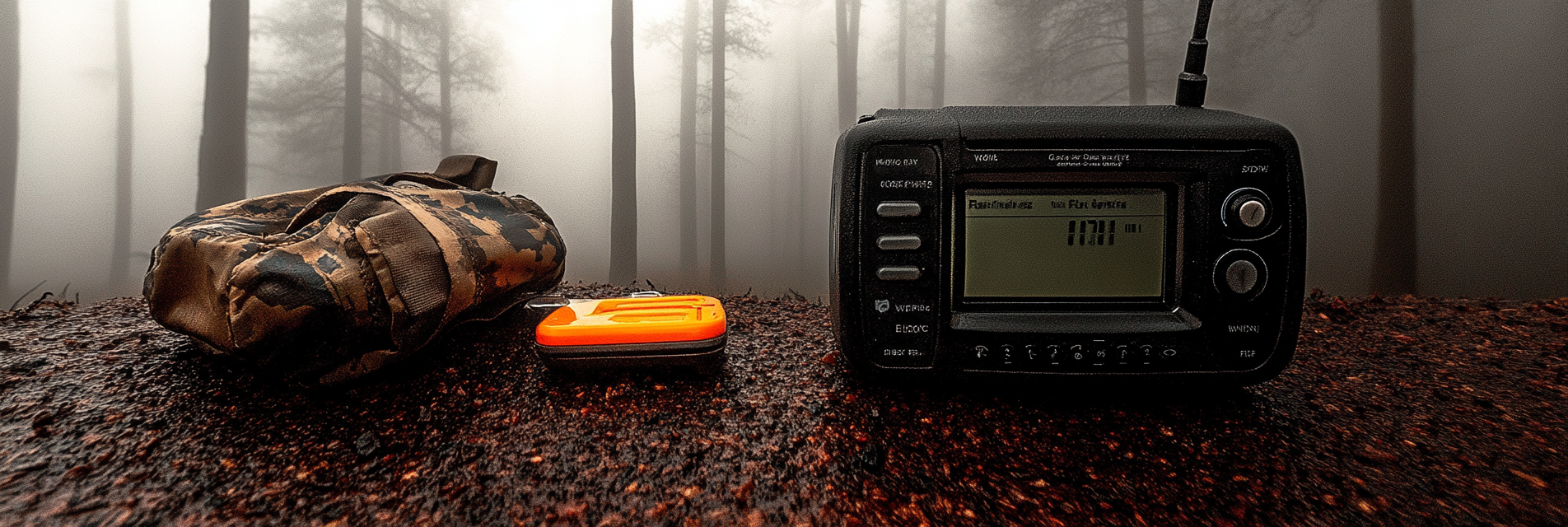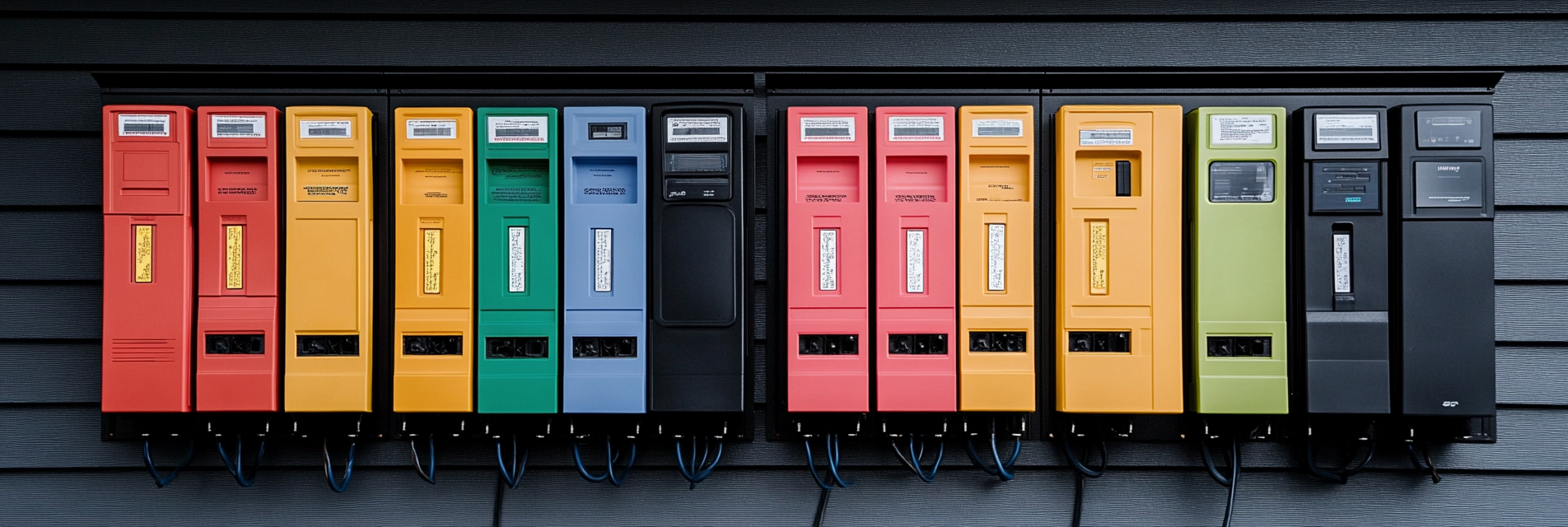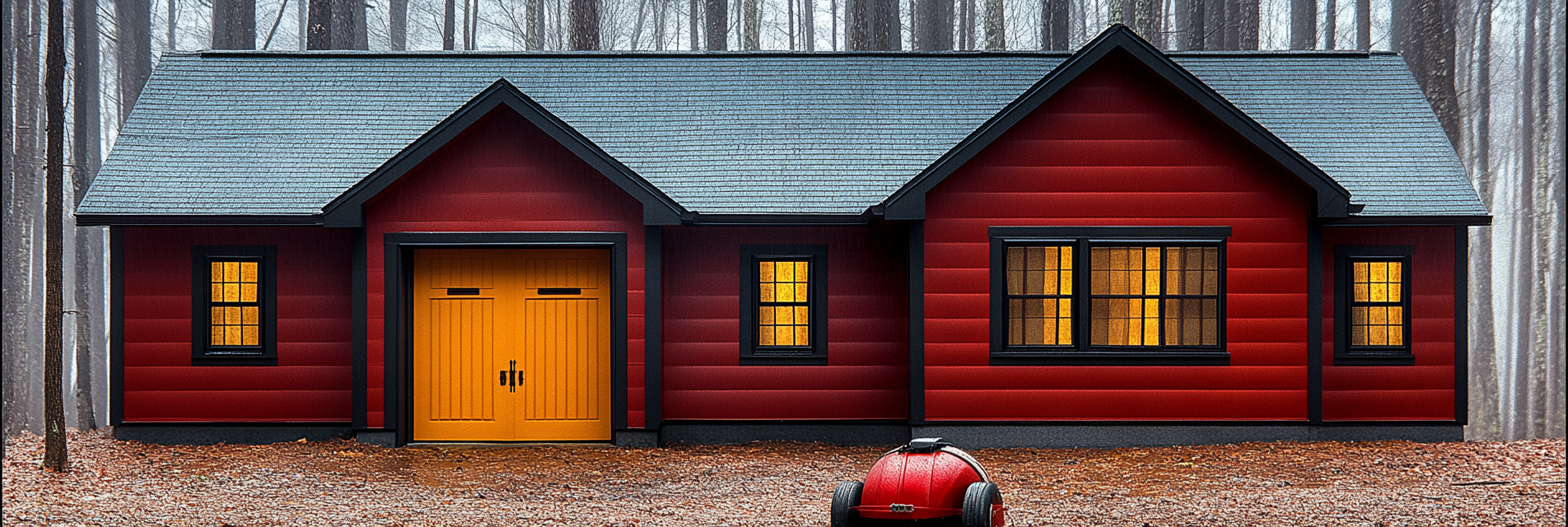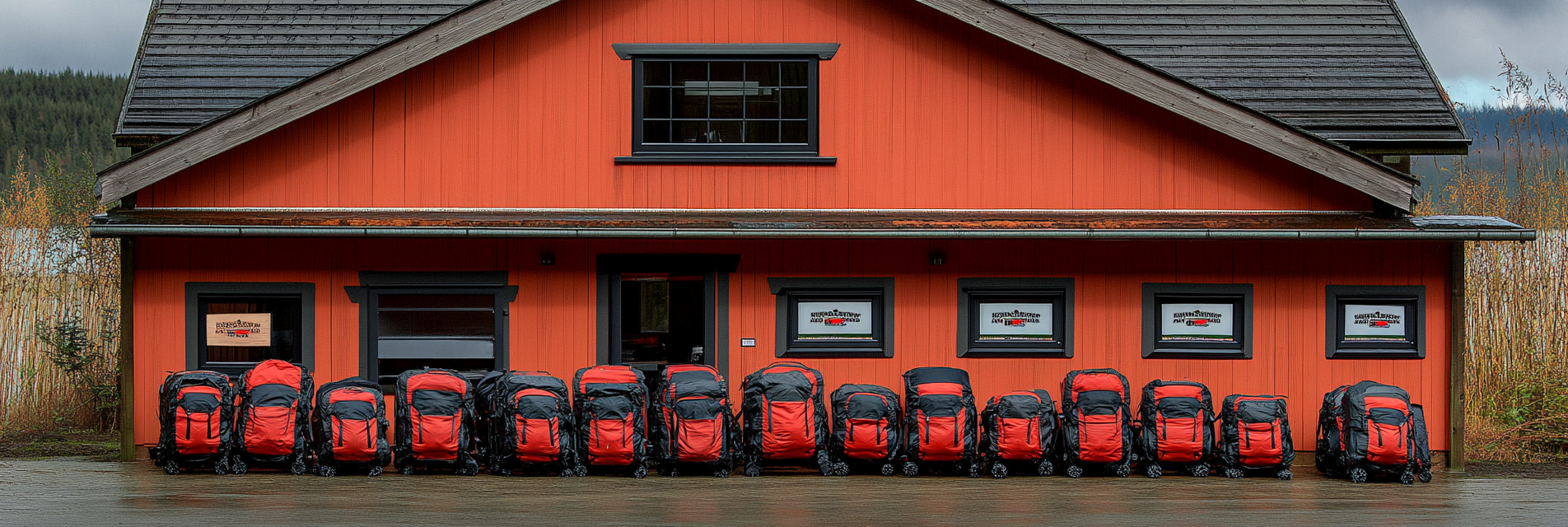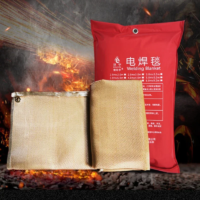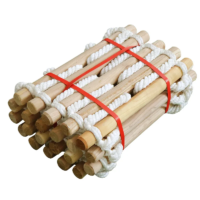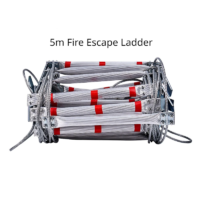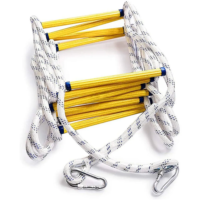Earthquakes are unpredictable and can lead to devastating damage quickly. For homeowners, especially those living in seismically active areas, understanding earthquake insurance and ensuring adequate coverage is an important steps in protecting your finances. This article explores why earthquake insurance is important, what it covers, and how to secure an appropriate policy for your home. We also prepared this article about earthquakes which complements this post: https://dryerfirefighters.com/how-to-prepare-your-home-for-earthquakes/.
1. Why Earthquake Insurance Is Important
Many homeowners assume their standard home insurance policy covers all disasters, but this is not the case for hurricanes, floods, and definitely not earthquakes. Without proper earthquake insurance, you could be left facing extensive repair costs and possibly facing bankruptcy.
Key Reasons to Consider Earthquake Insurance:
- High Repair Costs: Earthquakes can cause significant structural damage, leading to high repair expenses that are not covered by the standard language in your home owner’s insurance.
- Increased Risk in Certain Areas: States like California, Washington, Oregon, and other parts of the western U.S. are particularly prone to seismic activity. Even though we don’t feel earthquakes here in the Tri-Cities often, we are in an earthquake-prone area living so close to a major fault line that is the Cascade Mountains.
- Financial Protection: Earthquake insurance helps ensure you can repair or rebuild your home without depleting your savings or taking on substantial debt.
Fact: According to the U.S. Geological Survey (USGS), millions of people in the U.S. live in areas with moderate to high earthquake risk. According to the Washington State Department of Natural Resources (DNR), 61,420 Washingtonians live in areas that are highly vulnerable to liquefaction during an earthquake. Did you know there are more than 1,000 earthquakes in the Kennewick, Richland, and Pasco areas every year?
2. What Earthquake Insurance Covers
Earthquake insurance policies provide coverage for various types of damage resulting from an earthquake.
Key Items:
- Dwelling Coverage: This covers repairs to the structure of your home, including walls, roof, and most importantly, the foundation.
- Personal Property: Provides reimbursement for damaged belongings such as furniture, appliances, and electronics.
- Additional Living Expenses (ALE): Covers the cost of temporary housing if your home is temporarily unliveable after an earthquake.
What It Doesn’t Cover:
- Pre-existing Damage: Damages that existed before purchasing the policy. Nice try, but you’ll have to prove that the earthquake did it!
- Flood Damage: Flooding caused by an earthquake, such as a tsunami, requires flood insurance which is a completely different policy. You read more about it here: https://dryerfirefighters.com/understanding-flood-insurance-do-you-need-it/.
- Landscaping and Outdoor Features: Coverage typically does not include damage to lawns, trees, or fences. You may have to re-landscape your yard.
Tip: Make sure to review your policy thoroughly to understand the scope of coverage and any potential exclusions. We recommend Adam Hoover with Country Financial (https://advisors.countryfinancial.com/usa/wa/kennewick/adam-hoover). It’s the person we do business with when it comes to our insurance needs.
3. How to Get Earthquake Insurance
Obtaining earthquake insurance is a matter of contacting your insurance agent. Here are some options to consider:
Steps to Secure Coverage:
- Contact Your Current Insurer: Check if your existing home insurance provider offers earthquake insurance as an add-on or standalone policy.
- Research Specialty Insurers: Some companies specialize in earthquake insurance and may offer better rates or more comprehensive coverage. Shop around!
- Compare Policy Details: Look at different policies for coverage limits, deductibles, and exclusions.
- Understand Deductibles: Earthquake insurance often comes with a high deductible, typically 10-20% of the insured home value. Since earthquakes are so damaging, the cost will be high on what you have to pay out of pocket to get the insurance to kick in.
Product Recommendation: Consider using seismic reinforcement products for your home, such as foundation anchors and flexible water line fittings, to reduce potential damage.
4. Cost Factors of Earthquake Insurance
The cost of earthquake insurance depends on several variables:
Key Factors Influencing Premiums:
- Location: Homes in high-risk seismic zones will have higher premiums.
- Construction Type: Wood-frame homes generally fare better in earthquakes and may have lower premiums than brick or masonry homes. Wood flexes.
- Deductible Amount: A higher deductible lowers your premium but increases out-of-pocket expenses if you need to file a claim. Just make sure you can afford the deductible.
Expert Tip: Investing in home retrofitting, such as adding seismic reinforcements, can lower your insurance premium.
5. Filing an Earthquake Insurance Claim
If your home suffers damage due to an earthquake, understanding the claims process is essential for a smooth recovery.
Steps to File a Claim:
- Document the Damage: Take clear photos and videos of all affected areas. Fill up your phone and make sure the images and video are backed up in the cloud.
- Contact Your Insurer: Notify your insurer as soon as possible to begin the claims process. There could be a long line if a lot of homes were affected by the event.
- Keep Receipts: Retain all receipts for expenses related to temporary housing and repairs. These should be included in your claim.
Safety Tip: Always prioritize safety first—avoid entering a home that has visible structural damage until it has been assessed by a professional. We endorse Ryan Brightman with Proper Home Inspections (https://properhomeinspections.com/) in case you need help with this.
Conclusion
Earthquake insurance is an important consideration for homeowners. While it comes with special coverage details and higher deductibles, it provides financial protection that can make a difference in your personal finances after an earthquake. Dryer Fire Fighters encourages homeowners to evaluate their own risk and consider adding earthquake insurance if they feel its important.
Serving the communities of:
Kennewick | Pasco | Richland | West Richland | Finley | Burbank | Benton City | Prosser | Grandview | Connell
As the sole certified dryer exhaust technician recognized by CSIA.org in the Tri-Cities area, Paul brings a wealth of expertise to fire prevention. His primary focus lies in addressing the root cause of many residential fires: lint buildup in dryer cavities and vents. Through rigorous inspections and thorough cleanings, Paul ensures that families and businesses can enjoy peace of mind, knowing their properties are safeguarded against fire risks.

